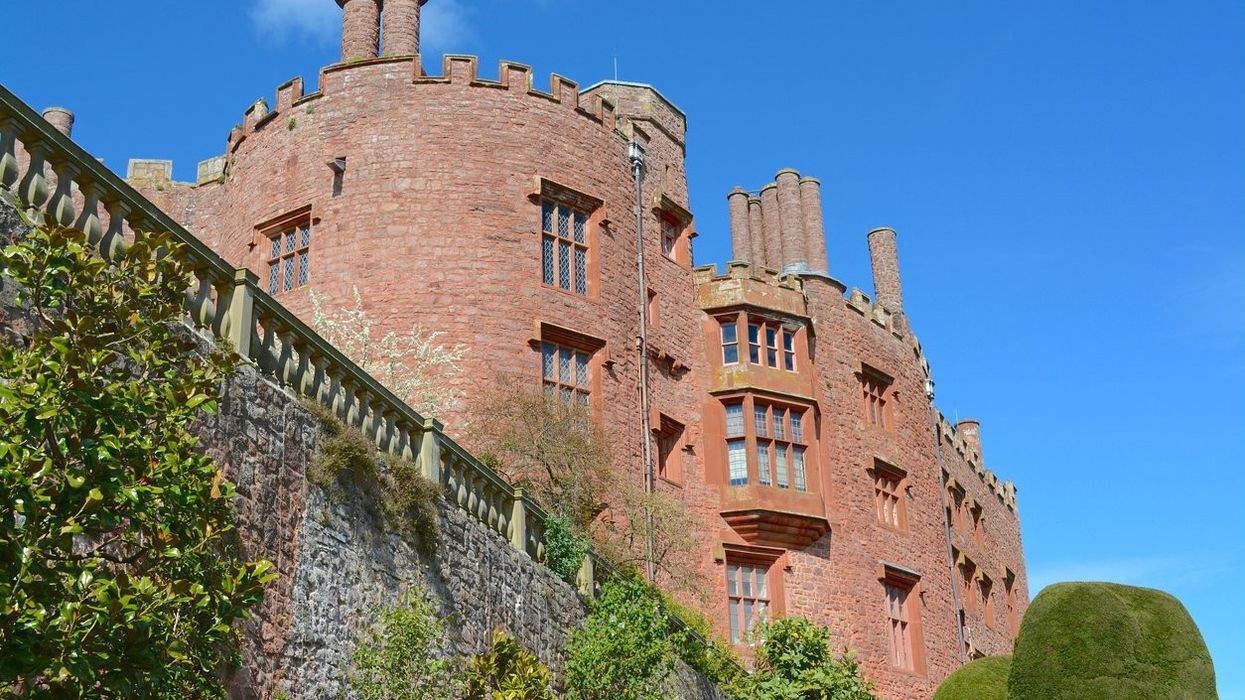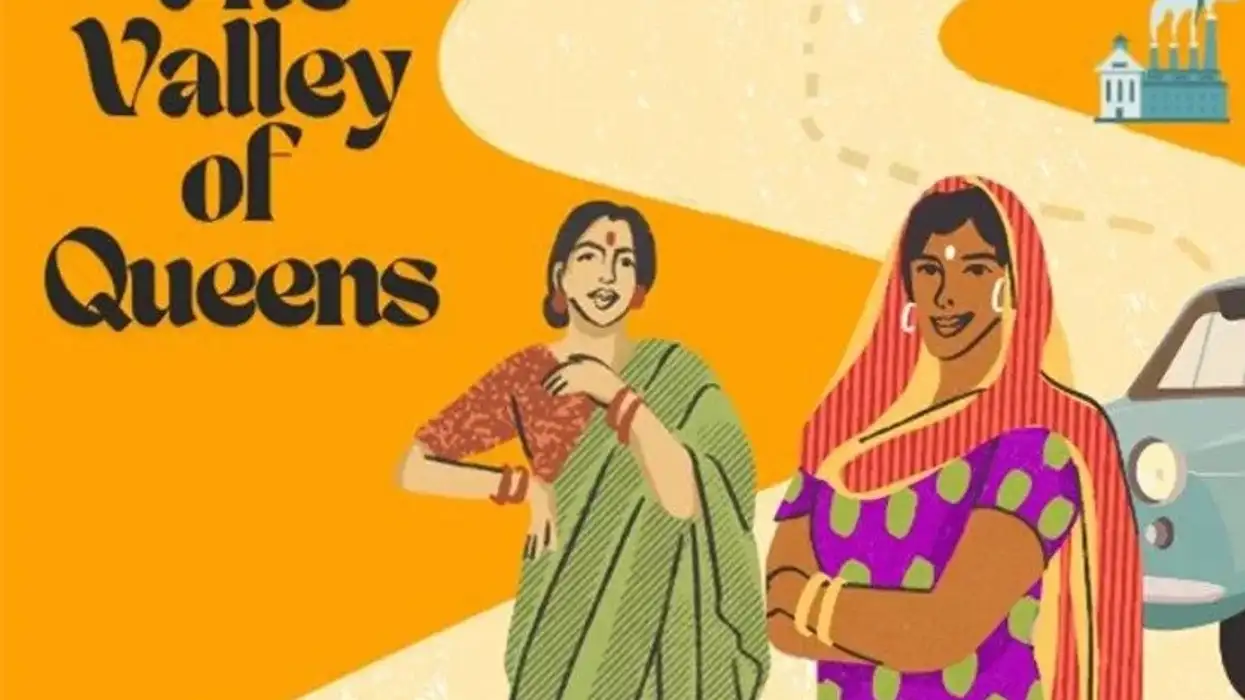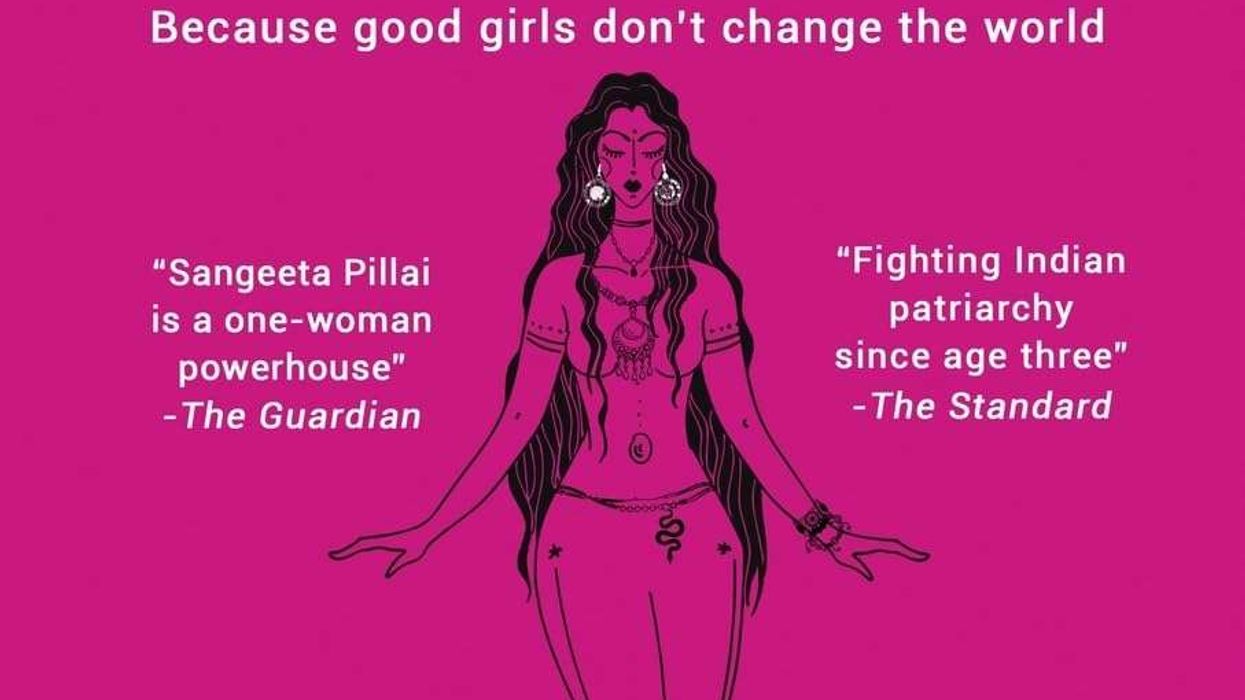BY Asjad Nazir
THE oldest form of creativity has been carried out through painting. Over the centuries, these works of art, including masterpieces, have captured moments in time, created things of beauty, opened debate, helped push boundaries of expression, and changed the way we look at the world.
The importance of the art form is such that today a great painting can sell for hundreds of millions of pounds, and some are so priceless that their cost can’t be calculated. There are relatively few women in the male-dominated market and ever fewer from south Asian decent.
One of these select group of experts is Seemah Niaz, who is a scholar, art dealer, mentor and owner of leading Pakistani gallery Unicorn, which is in Lahore and hosts numerous thought-provoking exhibitions throughout the year.
Based between Lahore and Karachi, Seemah has travelled the world and worked tirelessly to help the art market in south Asia grow. Recently she helped find and sell legendary Pakistani artist Sadequain’s painting Crucifixion for a record-breaking £118,750 at Bonham’s in London. She is also the mother of talented Pakistani painter Soraya Sikander, who is a rapidly-rising star of the art world.
Seemah, who has lectured extensively on art at leading institutions including in London, is always on the look-out for new talent and lost masterpieces. Eastern Eye caught up with her to talk about her remarkable journey in art, creativity, Soraya and more...
You’ve had a truly remarkably journey in the art world, but how did you first get connected to it?
I first got connected to art from a young age, so it has been with me for as long as I can remember. I was surrounded by fine artworks in my house and my father Niaz Ahmed was also a great influence as he introduced me to great masters early on. He showed me works like The Birth Of Venus by Botticelli and The Last Supper by Leonardo Da Vinci when I was very young. And since then, there has been no looking back.
What led you towards opening a gallery and becoming an art dealer?
(Smiles) I tried my hand as a painter, but I wasn’t good. The fascination with art remained and I knew I wanted to get into a profession connected to it. When my daughter Soraya Sikander became a brilliant artist, I felt I must have a gallery of my own.
The Unicorn Gallery in Lahore has become a leading light in Pakistani art and given you many great moments. What has been the high point?
The fact I have had many great moments has been a blessing. Well-curated shows, being surrounded by masterpieces, and appreciative audiences are always high points for me. So is creating awareness about the Pakistani art heritage.
(Laughs) Of course, great sales are always wonderful. Anything and everything connected to art gives me great joy. I love taking Pakistani artworks out of the country and surprising a receptive audience.
You are a leading art dealer and run a successful gallery. Tell us about some of your other work in the art world...
The great thing about working in the art world is that you get to do such a variety of work connected to it. I’ve been fortunate enough to have done courses in curating, attended auctions and read multiple books on art and its various genres. I’ve visited many museums, seen new art forms emerge and attended international art lectures.
Besides this, I have lectured on Pakistani old masters, modern masters and today’s artists at institutions including the Royal Asiatic Society London. Unicorn Gallery has also taken art exhibitions abroad. I have discovered new artists and great works by masters, and helped sell them. My main aim is to help Pakistani art grow globally.
What is the Pakistani art scene like today?
(Laughs) It’s ‘very happening’ as the expression goes. We have an eclectic mix of artists with brilliant dead masters as well as internationally-known contemporary artists. The contemporary art scene is vibrant and many of our artists have made international headlines, including Rashid Rana, Imran Qureshi, Shahzia Sikander, Aisha Khalid and more.
How much of a big step was the recent Bonham’s auction in London that exhibited and sold Pakistani works of art for high prices?
It was an interesting step. We realised that the fundamentals of our art scene are strong. Our master artists are well-received and we had a similar experience in Indian auctions also.
You must have been pleased that the painting by Sadequain you sourced sold for the highest amount at that auction?
It was a great day for Pakistan and Pakistani art. Although personally, I don’t think the price determines the work. Van Gogh didn’t sell a single work in his lifetime and posthumously he is breaking all records. However, Sadequain is a very superior artist and his work engages the audience.
Who are the most collectible Pakistani artists?
Sadequain, of course! Chughtai is very favoured as are Allah Bux, Gulgee, Bashir Mirza, Ahmed Parvez, Shakir Ali, Zubeida Agha and a host of masters. And we have strong contemporary brand names too.
What makes a painter so collectable?
A few ingredients combine to make a painting a masterpiece. Something that has a great composition and is well-executed. Also, the concept and elements should combine to create a work that becomes much bigger than the time or the age it was conceived, painted and executed.
An example of this is the Mona Lisa, which was created in 1503 during the Renaissance period. It grew to be the most regarded and viewed painting historically to date. Now in the latest auction, Da Vinci’s work Salvatore Munti has auctioned for $450.3 million. Both masterpieces are similar. Perhaps executed at the same time, and have transcended all barriers of time, age and space. So any art that combines these elements will flourish forever.
Who are your personal favourite artistic masters?
The western old masters are the ultimate, for instance Leonardo Da Vinci. However, the impressionists and our masters of the subcontinent are in their own right great painters too.
Do you have any all-time favourite work of art?
I have some artworks that I treasure, and at the end of the day, view and breathe in my art oxygen. They are the best vitamins for relaxation. So there are quite a few, including pieces I own.
What does it take to become an art dealer?
A passion for art, plenty of understanding and regularly brushing up one’s knowledge of it.
How can you tell fakes from real paintings?
That comes with experience and having a good grounding of knowledge. Like in many professions, knowledge is key.
You must be pleased your daughter Soraya is making such a huge name for herself as an artist?
I’m delighted and over the moon. She always had the potential and talent, and a little grooming has transformed her.
What do you most love about her work?
Soraya’s concepts, treatment, originality and the final outcome. She has done something new with landscape painting. It is a fresh approach and pioneering style that has created international news.
How much do you two work together and exchange ideas?
Soraya Sikander co-curates with me at Unicorn Gallery’s Lahore branch. We conceptualise exhibitions, work on thematic shows, plan, research and implement original and engaging art exhibitions.
Which upcoming Pakistani artists should we look out for?
My favourite artist was Tassaduq Sohail, who unfortunately died. However, I like the contemporaries like Soraya. But the others are becoming more unaffordable like Shahzia Sikander, Imran Qureshi, M Ali Talpur and Aqeel Solangi.
What’s your greatest unfulfilled ambition?
There are some Pakistani old master artists dating back to pre-partition. I would like to host their retrospective as well as write on their art as there is limited material.
What inspires you?
Any good work of art will inspires me.
Why do you love art?
Art has given the world so much and will continue to do so for centuries to come. It has also given me so much and become like a second instinct for me.
Visit www.unicorngalleryart.com to find out more











